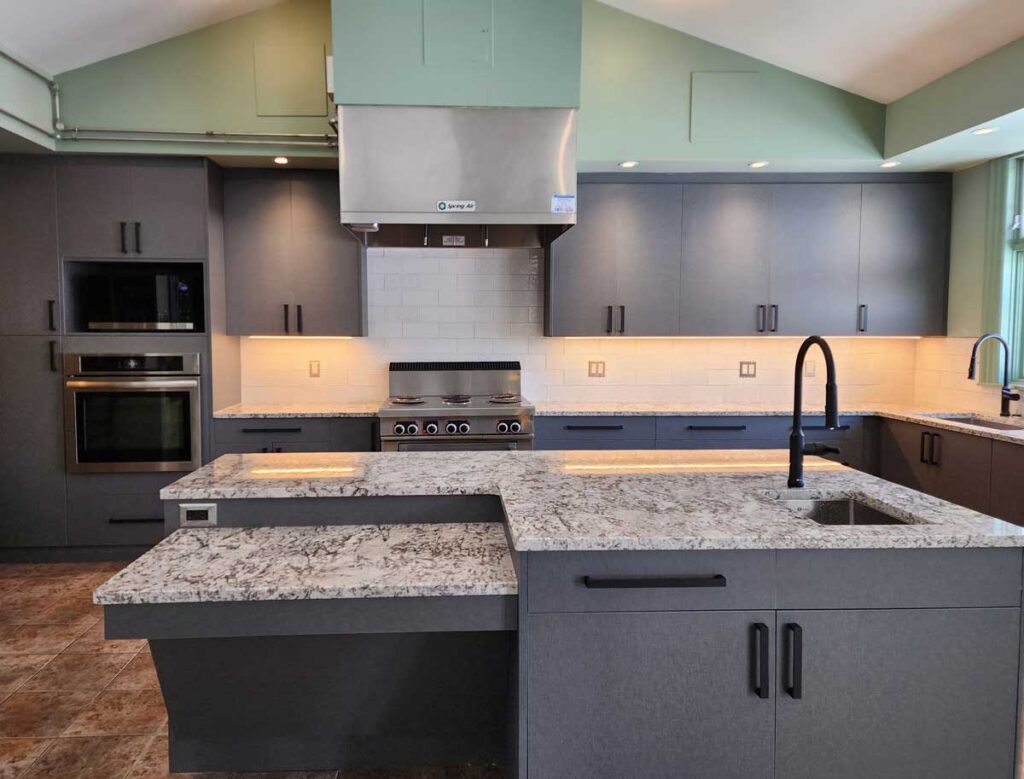The industry’s volatile state may be a repeat of the 1920s… and that’s a good thing.
By Todd Tomalak
One thing is certain: in Q3 2024, the industry feels different. Sales are softening, pricing and inventory gyrations are occurring, and cancellations are looming. Is this backdrop normal? What happens next?
First, some context – the general housing industry is shifting rapidly:
Housing: Sales of existing homes have declined by 15 percent to a low not seen since the financial crisis, with about a 3.4 month supply (we think this is closer to ‘equilibrium’ today than the much quoted 6 month historical norm). This means people are in their homes, and either staying put (lock-in from 8% mortgage rates), or are move-up homeowners with equity and going to new homes. Some are remodeling, but less than at the start of 2023.
Cash-Out refinance funded remodels are drying up significantly, down 60 percent. There was a large backlog of funded projects to start the year, but these are now winding up, and the next wave of funding is softer. We believe the K&B industry should be down 7-13 percent from this factor alone, at least in the near term.
Luxury apartments and condos: Do you realize how quickly the multifamily market is changing? By mid-2024, the apartment market will face a major shift in supply/demand dynamic. Record completions of multifamily properties will be delivered in 2024, with more supply delivered than ever in the history of the data. This means extremely VOLATILE new construction activity for multifamily (which was already the most volatile). Our head of Multifamily Advisory tells me she expects multifamily starts to be down 50 percent next year.
In a Shifting Industry, Watch Luxury Spending Closely (and Learn from History)
That said, in the Ultra-Luxury segment of the market, a different story is emerging: we are seeing an amenity arms race among the luxury high-rise projects, which are normally a small part of the housing market but a BIG DEAL for luxury kitchen and bath.
Consider this: The funding environment has gotten notably tighter in the past 12 months – fear is higher, risk is more expensive, and not all projects pencil. That said, it’s striking how much focus luxury amenities like kitchen and bath are receiving when C-Suite are meeting to discuss industry conditions. At one upcoming conference focused entirely on luxury high-rise construction, I see about 60 percent of the content is focused on shifts in luxury design. I have even witnessed several conversations among ‘numbers people’ where the entire conversation is a heated debate around which brand of kitchen appliances was appropriate for luxury buyers. The message seems to be: in a declining overall macro environment, execution among luxury products is more important than ever. Very interesting, and very unusual compared to prior cycles.
History repeats? What history suggests may be ahead for Kitchen & Bath
To the best we can measure, since 1900, there have really only been several periods where the modern kitchen and bath industry faced the uphill fight against inflation. One of these periods was during the late 1970’s/early 80’s, when the Fed effectively pushed mortgage rates well into the mid-teens. The other was in 1920 (100 years ago), when a brand-new Federal Reserve raised rates to fight rising prices after a consumer boom following WWI. The common thread in both instances was this: Kitchen and bath spending was temporarily deferred, but surged rapidly again as soon as rates came down slightly, and held elevated levels for at least five years.

The 1920 period is strikingly similar to some of the attributes facing the kitchen and bath industry in 2023, despite occurring so long ago. Consider these issues:
- Rapid increase in rates amid a broader housing shortage (3 year under-supply in 1919)
- Shortages in labor and products before rate hikes began – with some products having wait times well over 12 months
- A wave of technological innovations in the home, including electrification of the kitchen
- Slowdown that was preceded by international conflict and pandemic
- Rapid rate hike (300BP in about 9 Months), followed by gyrations in prices and financial markets
Obviously 1920 was an entirely different world than today, as was 1980. Today, the world is much more connected, the economy is far larger, and changes occur quicker than they did 100 years ago. There are risks today that didn’t exist 100 years ago (especially related to skilled labor and channel disruption).
What we should remember is this: The 1920 recovery is the only recovery in the data where we saw a Fed-induced decline at the same time as a housing shortage occurred (just like we do today, albeit different numbers).
The recovery (once rates declined) after 1920 was perhaps the most dynamic growth period in kitchen and bath history. It would later be remembered as ‘the roaring 20’s’, and was a period of dynamic change for kitchen and bath. Kitchen sink shipments nearly doubled from 1919 to 1924. If you could choose any sector to be exposed to back then, housing and kitchen and bath was definitely the most stable and attractive overall. It’s also worth noting that both the 1980’s and 1920’s were periods of major changes in style and conspicuous consumption (‘Great Gatsby’ and ‘Yuppies’ were born from these two periods after all).
I am not a psychologist, but perhaps the industry should take note. If history in any way repeats itself, once rates come down (if they do) future conspicuous consumption could be ahead, perhaps with kitchen and bath at center stage.
Pay close attention to your luxury book of business, because it could be the most important indicator of broader industry changes.
























